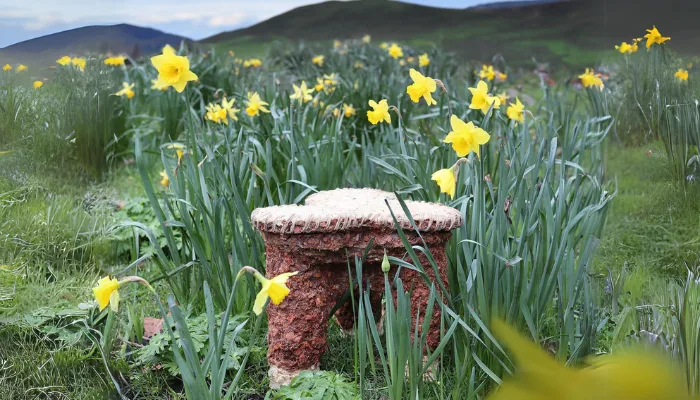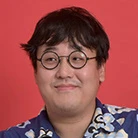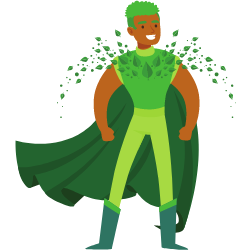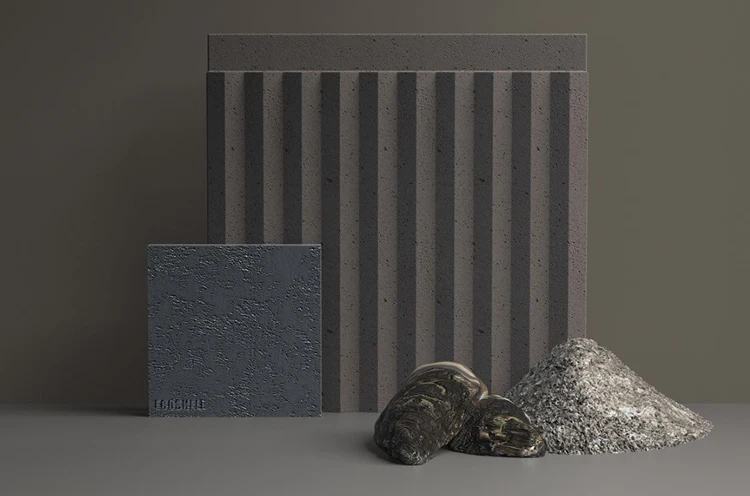Gisung Han’s Blooming Decay Stool is a fascinating example of sustainable product design that harmonizes with nature. Made from wildflower seeds and potato-based plastic, this stool blooms into flowers as it decomposes. Han’s project aims to develop various bioplastics with a blend of artistic and sustainable principles, while ensuring they are manufacturable.
Han challenges conventional notions of sustainability with his design, asking, “Does a chair designed with sustainable principles always need to be durable and long-lasting? How about a chair that breaks easily, becoming more beautiful as it deteriorates?” The Blooming Decay Stool epitomizes this philosophy, designed to be disposable and biodegradable, releasing seeds back into the environment as it disintegrates.
Exploring Bioplastic Properties
Han envisioned the stool’s use in outdoor settings, such as campsites or festivals, where its breakage could be welcomed, and it could be discarded without guilt. He considered events like the Glastonbury Festival, where over 210,000 people camp in a rural village, enjoy concerts, and then leave. This context highlighted the need for a sustainable solution to temporary seating.
Han experimented with various bioplastics, including agar, rice, corn, gelatin, and clay, all embedded with flower seeds. After several trials, he selected potato plastic for its strength, ease of processing, and availability. The potato-based bioplastic, when planted, began sprouting in about three weeks and grew vigorously in another three weeks.
However, the journey wasn’t without challenges. Using only potatoes led to issues like mold growth and shrinkage with warping during drying. The addition of flower seeds and fertilizer worsened the warping. To tackle these problems, Han tested reinforcing materials like coconut fiber, natural loofah fiber, hemp fiber, clay, lime, plaster, beeswax, and resin.
Coconut fiber was the best solution, offering minimal warping, enhanced strength, and moisture-absorbing properties to prevent mold. Loofah added elasticity, making it suitable for cushioning.
Manufacturing Process and Design
During the production process, the block creation, machining, and 3D mold methods were problematic for the same reason – drying issues. What finally worked involved using a 15mm flat panel mold technique, akin to a meal-kit assembly style, with vinegar added to prevent mold.
Recognizing that outdoor chairs often sit on uneven surfaces, Han designed a tripod-like structure with three legs for the stool. The cylindrical legs ensure the stool naturally returns to the environment when discarded or broken. The stool’s design emphasizes material over form, using basic geometric shapes enhanced with petal motifs for visual interest.
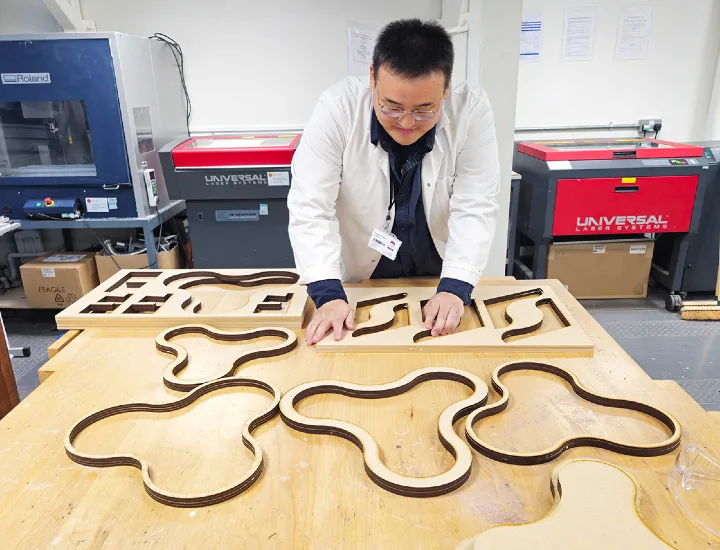
Sustainability in Design
The Blooming Decay Stool makes a lot of sustainability claims, and we’re always quick to verify those. Often, the facts are far more greenwashed than truly eco-friendly. Happily, this isn’t one of those cases!
This stool has a multi-layered approach to sustainability. Unlike traditional products that prioritize durability, this stool embraces a lifecycle that includes its eventual decay. Here’s what we know for sure:
- Biodegradable Materials: Made from potato-based plastic, the stool breaks down naturally, releasing embedded wildflower seeds back into the soil, promoting biodiversity.
- Reduced Waste: Designed for temporary use, particularly in events where disposable items are common, it eliminates the waste associated with conventional plastic stools.
- Resource Efficiency: Utilizing potato plastic leverages an abundant, renewable resource, reducing reliance on fossil fuels.
- Eco-Friendly Reinforcements: The use of natural fibers like coconut and loofah enhances durability without compromising biodegradability, ensuring the entire product is environmentally friendly.
- Innovative Manufacturing: The flat panel mold technique minimizes waste and simplifies production, making it accessible and scalable.
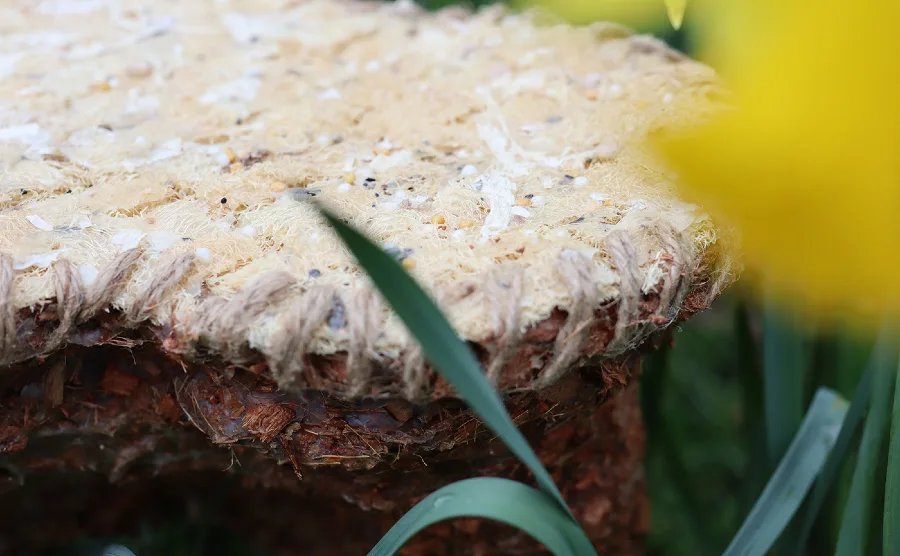
Gisung Han’s Blooming Decay Stool isn’t the most beautiful piece of furniture. Hell, it’s not even in the top 10,000, but it does rank first for practicality. Think about it, a furniture designer that isn’t just admitting and accepting that his creation will one day fall apart and be unusable, he’s worked that inevitability into the product itself.
More To Discover
- Water Batteries: The Safe, Affordable, and Eco-Friendly Energy of the Future That Won’t Explode
- The “Drinking Bird” Toy Sparks New Clean Energy Concept
- 1.5 Billion Tires Are Thrown Away Annually, A New Recycling Method Can Transform Them Into High-Value Products
- How Nanobubble Technology is Making Giant Leaps in Sustainability and Efficiency And It’s Only The Beginning
By rethinking the lifecycle of everyday objects, designers like Han pave the way for a more sustainable future.
Designers: Gisung Han
Han is an industrial designer currently studying both engineering and design at Imperial College and working in London. With over 10 years of experience as an industrial designer in Korea, Han has designed home appliances, furniture, concept designs, and branding.







